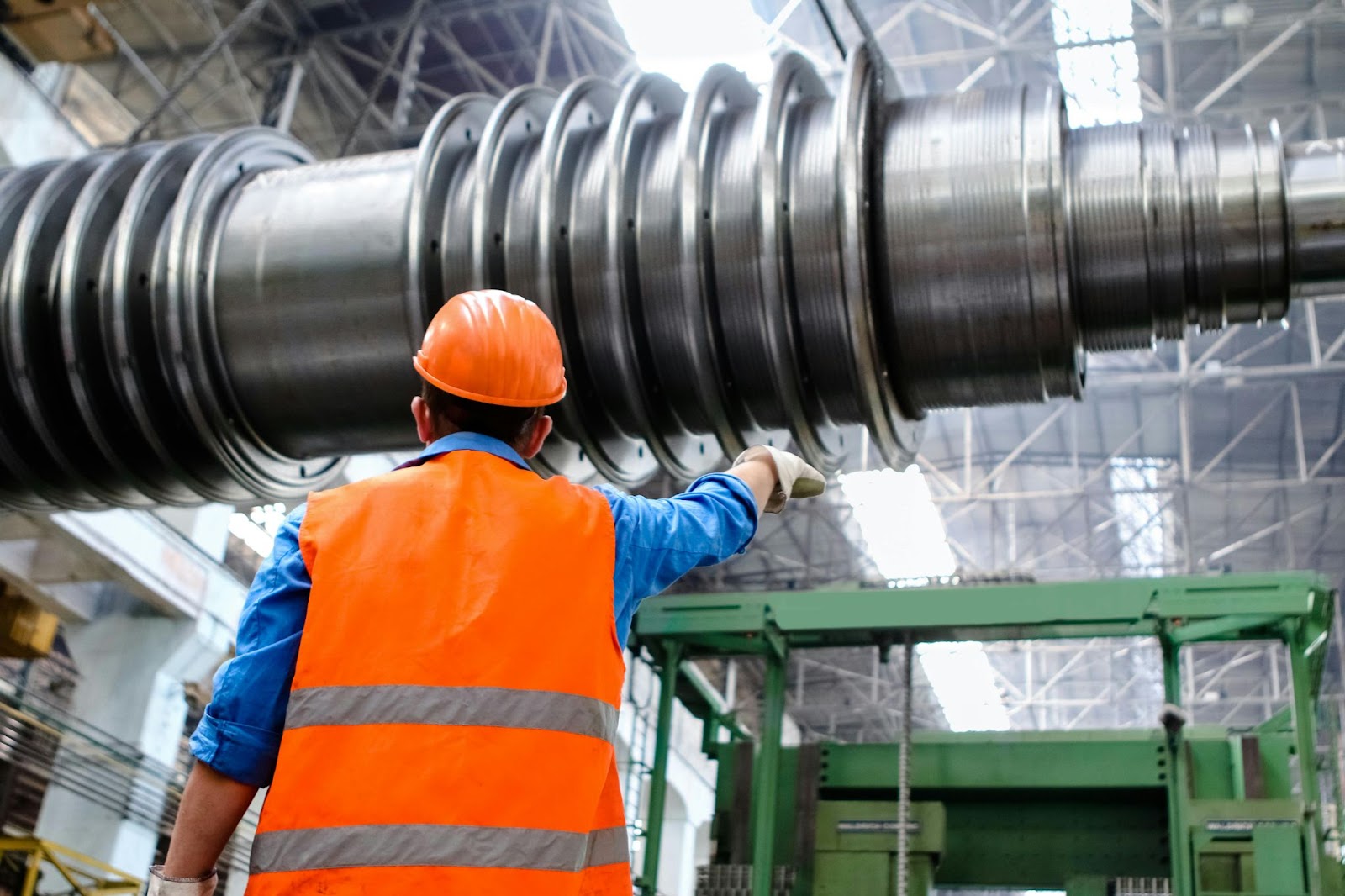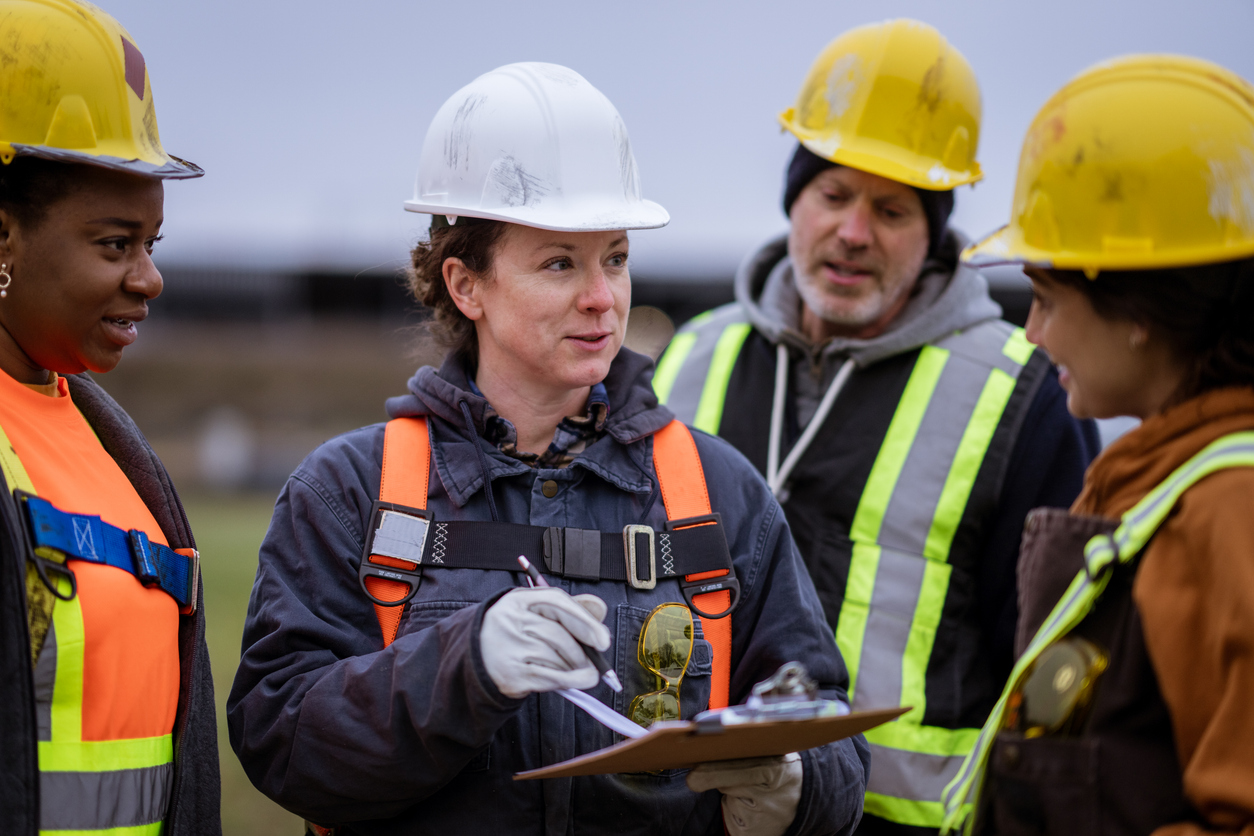When you think of Hand Safety - Think of Hand Safety First
HSF - Hand Safety First - Hand Safety Tool
Hand Safety : Finding the Right Work Gloves
Construction work is inherently risky, and hand injuries are a common concern. Wearing the right work gloves can significantly reduce these risks.
Choosing the Right Material:
- Cuts & Punctures: Opt for gloves made of high-tensile strength materials like Kevlar or Dyneme to resist punctures from nails, glass, etc.
- Water & Chemicals: Use neoprene or latex gloves for protection against oils, acids, and solvents. Rubber coatings are ideal for handling concrete, mortar, and tar.
- Bruising & Blistering: Choose impact-resistant gloves with reinforced palms, knuckle guards, and padded fingers to absorb the impact of tools and repetitive movements.
- Electricity: Rubber and leather gloves provide good insulation against electric shock. Avoid metallic materials.
-
Heat & Cold: Cold-resistant gloves combine insulation with waterproof layers. Heat-resistant gloves are typically made of fire-resistant materials like leather.

Ensuring Proper Fit:
- Comfort is Key: Ill-fitting gloves can restrict movement and cause discomfort or even injuries.
-
Consider Seam Placement:
- Outside seams: Comfortable, but less durable.
- Inside seams: Durable, but may irritate skin.
- Back-of-hand seams: Improve fit and productivity.

Essential Features:
- Fingerless Gloves: Ideal for tasks requiring dexterity and partial hand protection.
- Rubber Grip: Provides improved grip for handling objects without sacrificing protection.
-
Touch Screen Pads: Allow for easy use of touch screen devices while wearing gloves.

Key Takeaway:
Selecting the right work gloves is crucial for hand safety. Consider the specific hazards you face and choose gloves that offer the necessary protection, comfort, and dexterity for your job.
Disclaimer: This information is for general guidance only and does not constitute professional safety advice. Always consult with a safety professional for specific recommendations.
